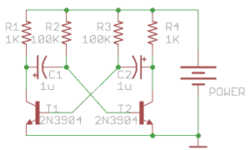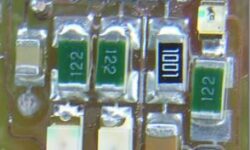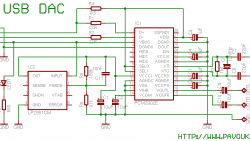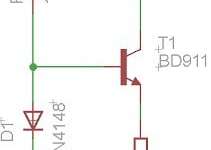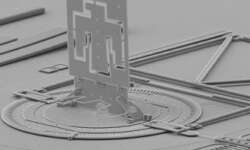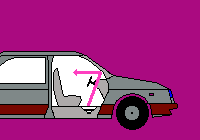Modeling of analog part for DDS3 signal generator

When building an AVR DDS2 signal generator, there were many discussions about signal conditioning in the analog part of the device. The first argument was that LM358 wasn’t the best choice for this purpose. Another one pointed to the sine wave that wasn’t smooth enough. As you can see, there are some dents on it. Other waveforms also are distorted, especially when higher voltages are selected. This asks for a better analog part. Some people suggested replacing LM358 with OPA2134, but it seems to be quite an expensive choice. In my opinion, low noise, a general-purpose op-amp can be great too. I’m going to give a try to Texas Instruments TL074 low noise op-amp. It is low power, high slew rate (13V/us) IC – almost five times faster than LM358 and for the same reasonable price.






